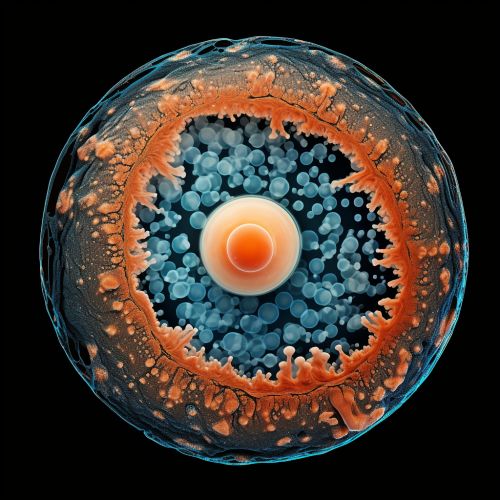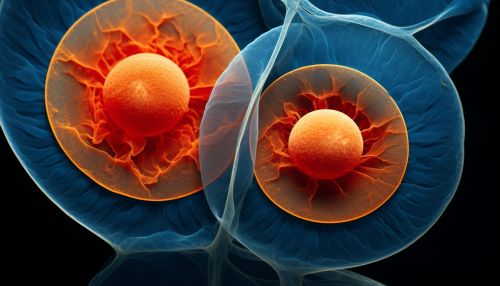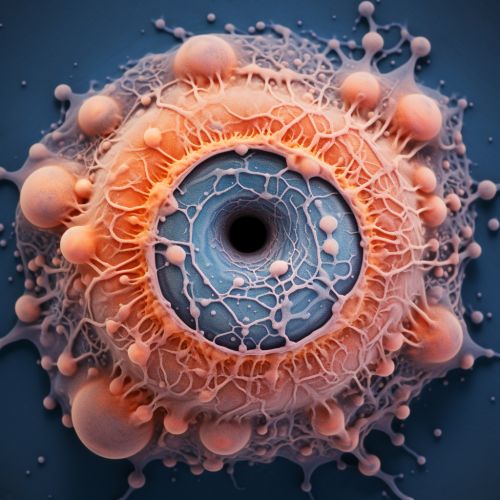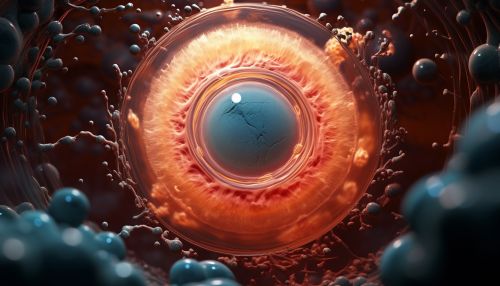Germinal stage
Germinal Stage
The germinal stage, also known as the zygotic period, is the initial phase in the development of a multicellular organism. It begins with the process of fertilization, when the sperm cell from the male unites with the egg cell from the female to form a single cell known as a zygote. This stage is characterized by rapid cell division and the formation of a blastocyst, which eventually implants into the uterine wall. The germinal stage is a critical period in the life cycle of an organism, as it sets the foundation for all subsequent stages of development.


Fertilization and Formation of the Zygote
The germinal stage commences with the process of fertilization. This is a complex sequence of events that results in the fusion of the sperm and egg cells, both of which are known as gametes. Each gamete carries half of the genetic material required to form a new individual. When these cells unite, they form a zygote, which contains the complete genetic blueprint for the organism.
Fertilization occurs in the fallopian tubes of the female reproductive system. The sperm cell, after being released during ejaculation, travels up the vagina and through the cervix into the uterus, where it then enters the fallopian tube. Here, it encounters the egg cell, which has been released from the ovary during ovulation. If the sperm successfully penetrates the outer layer of the egg, the two cells fuse, their nuclei combine, and a zygote is formed.
Cell Division and Blastocyst Formation
Following fertilization, the zygote undergoes a series of rapid cell divisions, a process known as cleavage. This results in the formation of a multicellular structure. The first division produces two cells, then four, then eight, and so on. These early cells are called blastomeres.
As the number of cells increases, they begin to compact together, forming a solid ball of cells known as a morula. Further divisions and reorganization of the cells result in the formation of a hollow ball of cells known as a blastocyst. The blastocyst is composed of an outer layer of cells, the trophoblast, which will develop into the placenta, and an inner cell mass, which will develop into the embryo.


Implantation
The final event of the germinal stage is the implantation of the blastocyst into the wall of the uterus. This process begins around the fifth day after fertilization and is completed by the ninth or tenth day. During implantation, the blastocyst adheres to the uterine wall, where it begins to penetrate into the lining, or endometrium. The trophoblast cells secrete enzymes that allow the blastocyst to burrow into the endometrium, where it will be nourished and protected as it continues to develop.
Significance of the Germinal Stage
The germinal stage is a critical period in the life cycle of an organism. It is during this stage that the organism's genetic material is combined and organized, and the basic body plan is established. The processes that occur during the germinal stage, including fertilization, cleavage, blastocyst formation, and implantation, are essential for the successful development of the organism. Any errors or disruptions during this stage can have serious consequences, including developmental abnormalities or failure of the pregnancy.
